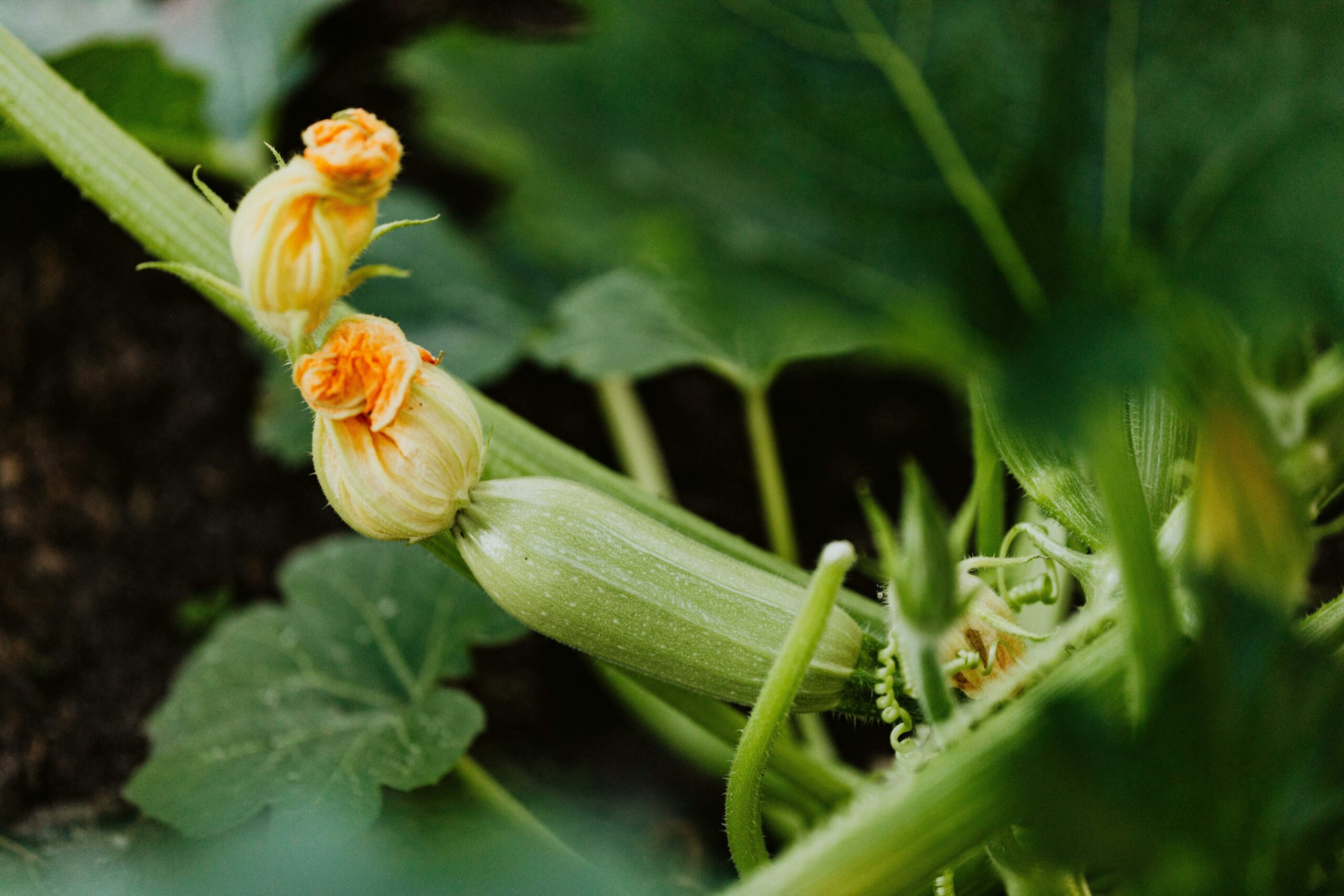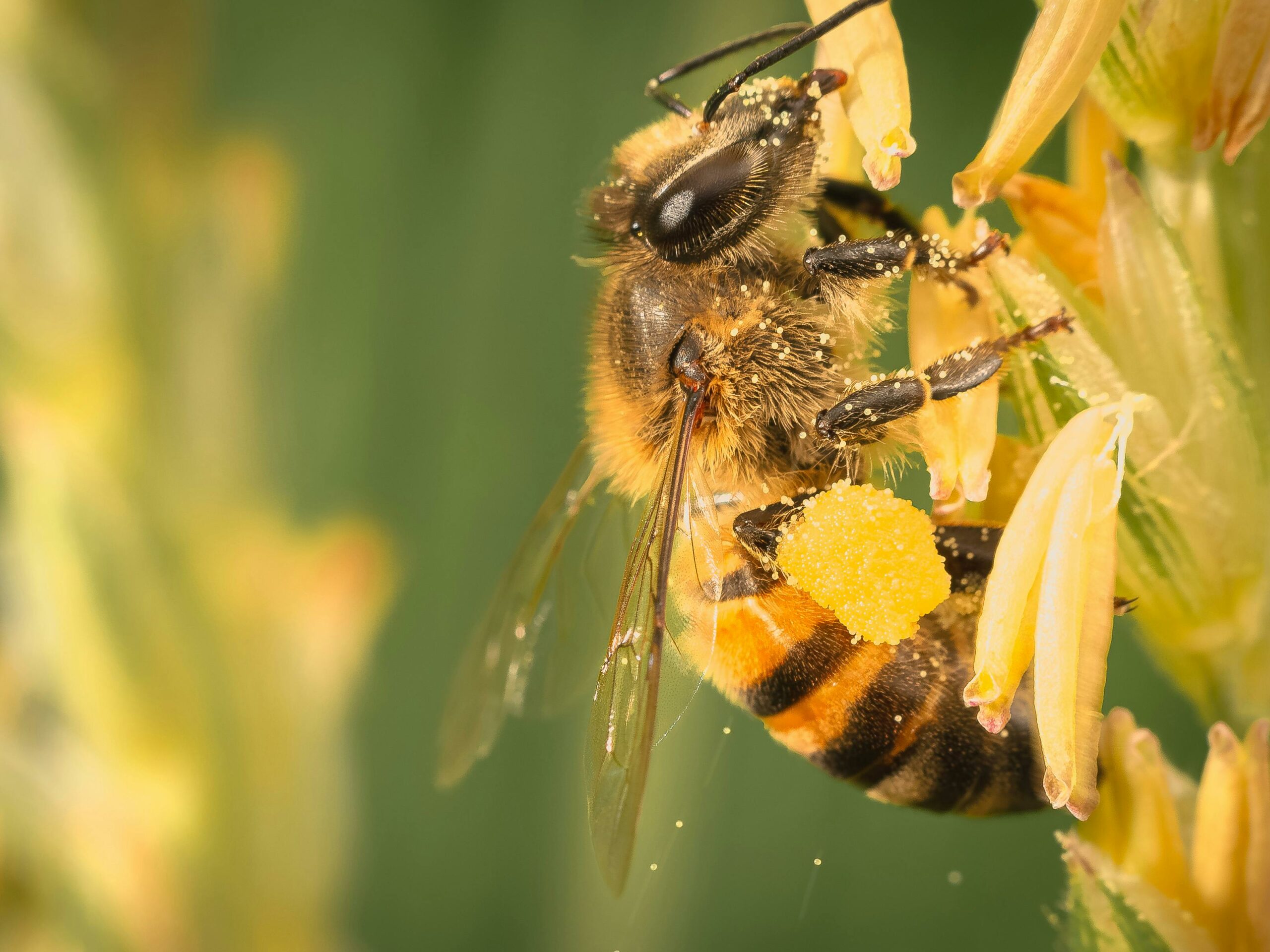Understanding Pollination for a Bountiful Harvest
 Squash, a versatile and popular vegetable in many gardens, not only offers a range of flavors and textures but also plays a fascinating role in the world of plant reproduction. Understanding the “sex life” of squash plants is essential for maximizing your harvest and ensuring that your garden thrives. Let’s delve into the intriguing process of squash pollination and how you can support it for a fruitful crop.
Squash, a versatile and popular vegetable in many gardens, not only offers a range of flavors and textures but also plays a fascinating role in the world of plant reproduction. Understanding the “sex life” of squash plants is essential for maximizing your harvest and ensuring that your garden thrives. Let’s delve into the intriguing process of squash pollination and how you can support it for a fruitful crop.
The Basics of Squash Pollination
Squash plants, like many other cucurbits (including cucumbers and melons), have separate male and female flowers on the same plant. This means that pollination involves transferring pollen from male flowers to female flowers, which then develop into fruit.
- Male and Female Flowers: Male squash flowers typically appear first and have a slender, tubular shape. They produce pollen and are usually located on longer stems. Female flowers, on the other hand, have a swollen base that eventually turns into the fruit and are often found closer to the main stem of the plant.
- Pollination Process: For squash to set fruit, pollen must be transferred from a male flower to a female flower. This can occur naturally with the help of pollinators like bees and butterflies. However, if pollination is insufficient, it can lead to problems such as poor fruit development or no fruit set at all.

Promoting Successful Pollination
- Encourage Pollinators: Creating a welcoming environment for pollinators is key. Planting flowers that attract bees and other insects near your squash plants can help ensure that pollen is effectively transferred. Avoid using pesticides, as they can harm these beneficial insects.
- Hand Pollination: In cases where natural pollination is insufficient, hand pollination can be a reliable method. To do this, use a small brush or cotton swab to collect pollen from the male flowers and transfer it to the stigma of the female flowers. This technique can be particularly useful in areas with low pollinator activity or for plants grown indoors.
- Proper Plant Spacing: Ensure that your squash plants are spaced appropriately to allow for good air circulation and ease of access for pollinators. Overcrowding can inhibit pollinator access and reduce the effectiveness of natural pollination.
- Watering and Fertilization: Healthy plants are more likely to produce successful blooms. Maintain consistent watering and provide balanced fertilization to support robust flower production and fruit development.
Understanding the reproductive needs of squash plants is crucial for a successful garden. By fostering a pollinator-friendly environment, practicing hand pollination if necessary, and ensuring proper plant care, you can boost your chances of a bountiful squash harvest. Embrace the fascinating world of plant reproduction, and enjoy the fruits of your labor with a thriving squash crop that reflects your gardening efforts.
Comments
Add comment